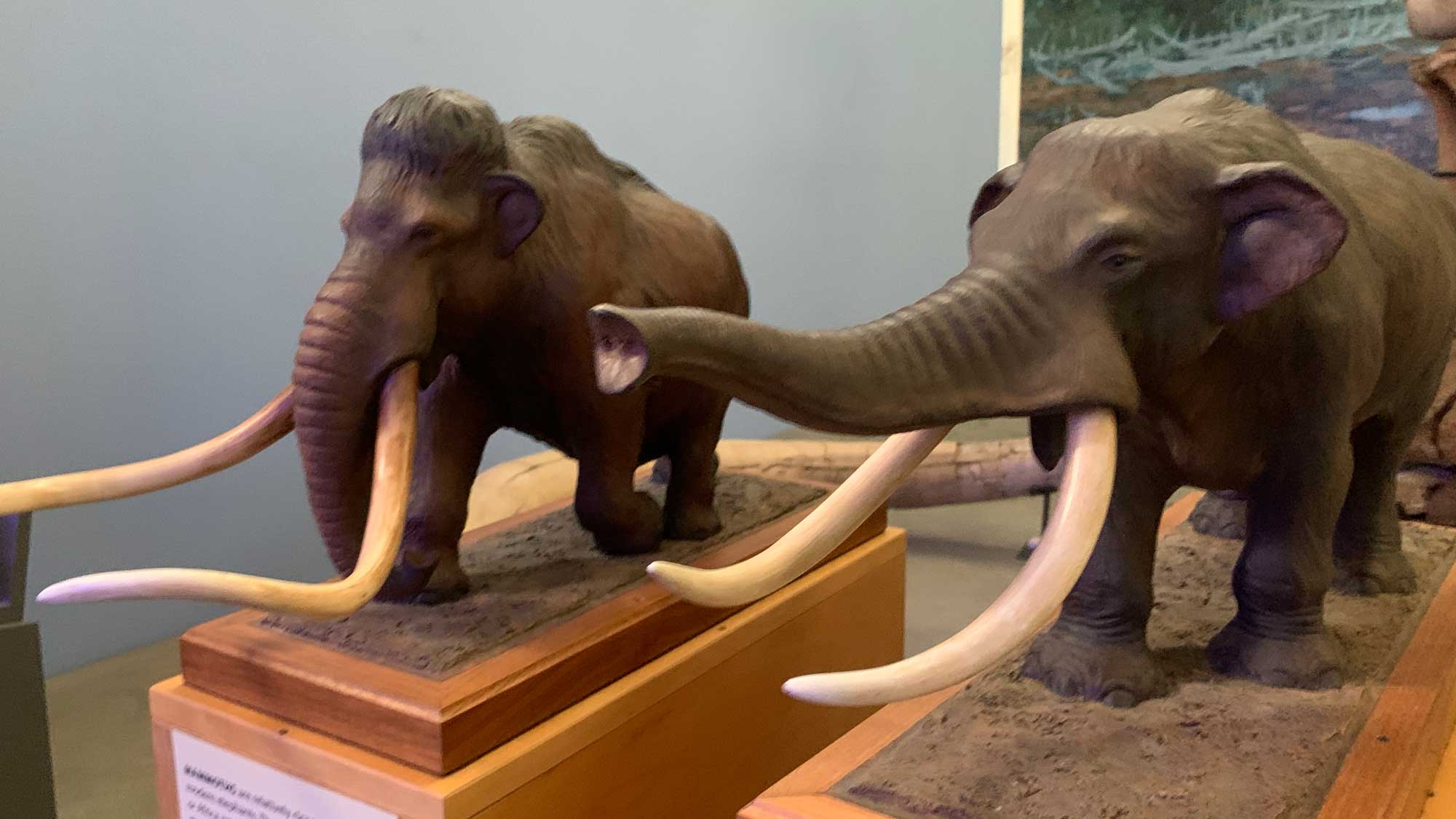
This gorgeous little insect is a female Australian bag moth (Cebysa leucotelus) – in this image she’s sitting on the netting we’re using to keep the late-season cabbage butterflies off our brassicas, but I suspect that normally she’d have been a little harder to spot. After all, from the tips of her antennae to the […]
Continue reading


